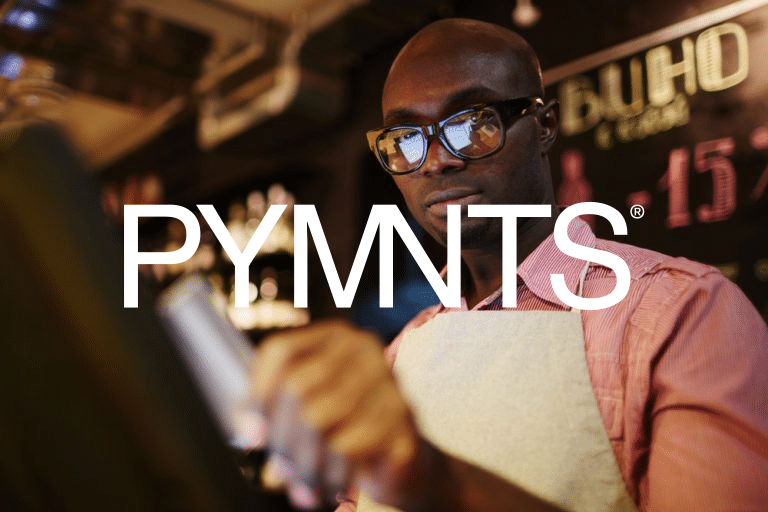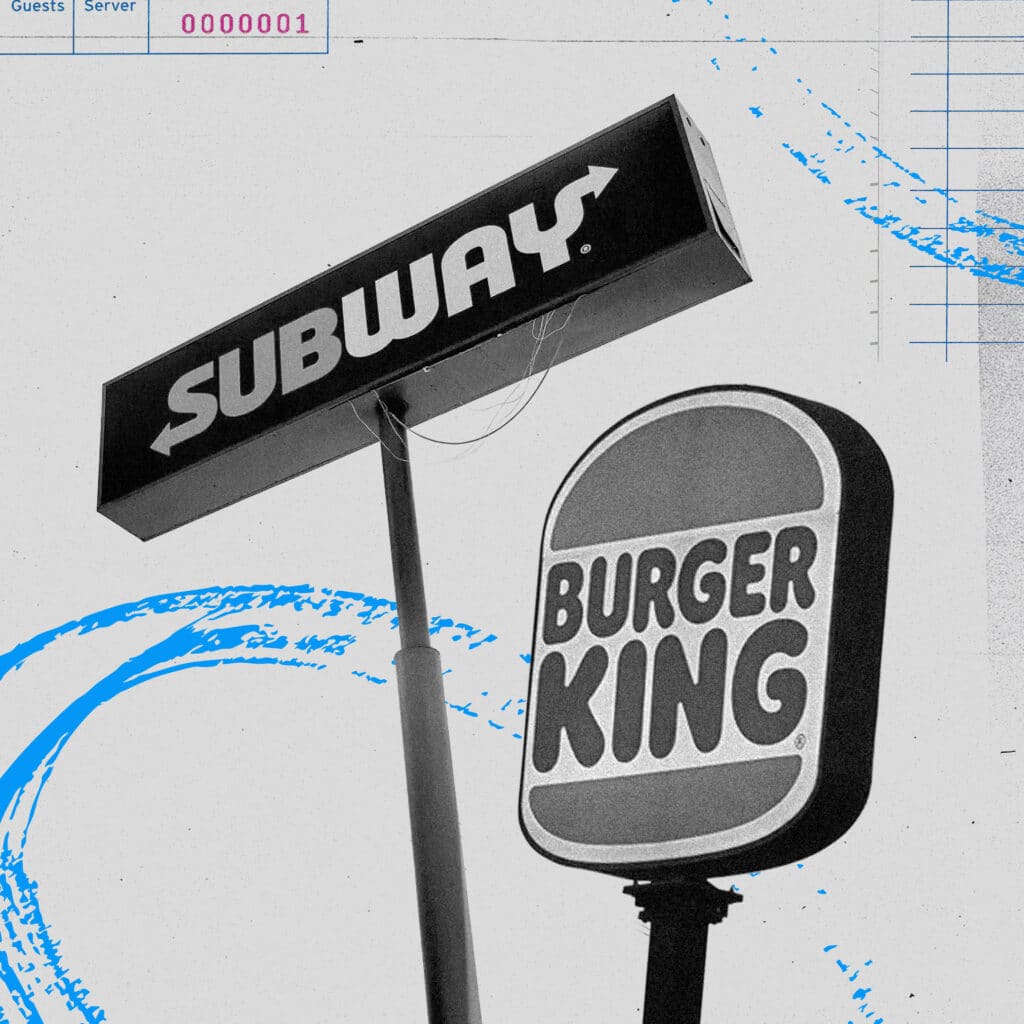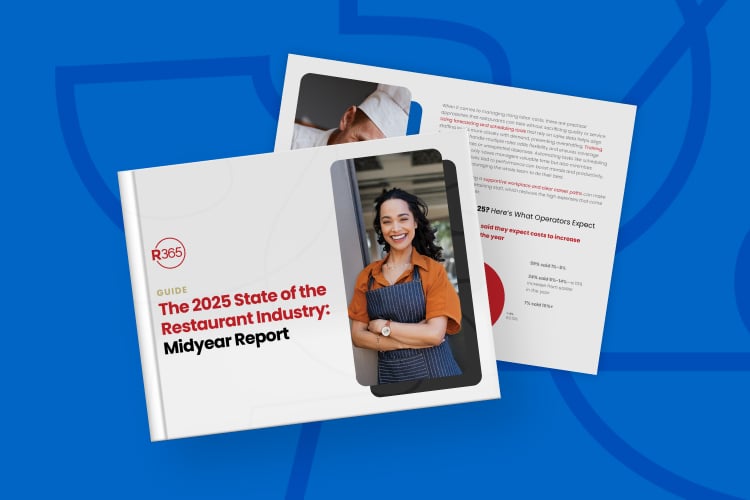This article was written by PYMNTS and features Tony Smith, Co-Founder and CEO of Restaurant365.
Today’s restaurants are challenged to be more productive than ever, and to meet those challenges, they need smarter workforce management solutions.
In a conversation with PYMNTS’ Karen Webster, Tony Smith, co-founder and CEO at restaurant management software company Restaurant365, which recently announced a $135 million funding round, explained that restaurants are driving more revenue than ever, with sales up 20% relative to pre-pandemic. However, with that new opportunity comes greater labor challenges.
“When we look across our base, we see dine-in, on average, making as much money as it made pre-pandemic,” Smith said. “But then, we also see … new channels … like online ordering, curbside delivery, or some of them even extended their outdoor patio, and those things are now making more money. … Why can their sales be 20% higher? Well, they’ve learned how to sell even more food out of the same square feet.”
Indeed, research from PYMNTS’ study “Connected Dining: Rising Costs Push Consumers Toward Pickup,” which drew from a survey of more than 2,100 U.S. consumers earlier this year, found that, while 51% of diners had ordered their most recent meal for on-premise dining, 39% had acquired their last restaurant order via pickup channels and 10% via delivery.
New tipping solutions such as instant payouts are key, better-equipping restaurants to hold onto their staff amid the labor challenges.
“Tips are very important,” Smith noted. “Two of the things that we have around … we have pay cards that can be issued through us, and then also the opportunity to pay the employees every day.”
Tipping is far and away the norm in the restaurant industry in the United States. PYMNTS data reveals that 75% of consumers paid tips for their last restaurant meal.
If You Build It
The company’s recent funding haul, which brings its valuation to more than $1 billion, comes at a time when businesses are finding it immensely difficult to secure venture capital funding. Yet Restaurant365, for its part, was not even looking for investors.
“We were not seeking funding,” Smith said. “Proactive investors came forward, … and so, we thought, ‘Hey, why not at least consider it?’”
The round was led by investment firms KKR and L Catterton, and their interest in the restaurant management software company, which offers products for accounting, workforce management, payroll, inventory and more, showcases the high demand for solutions that boost restaurant efficiency as the industry grows.
The cost-focused tools — those that offer greater insight into the price of goods and data-informed predictions — are especially key now, as macroeconomic challenges squeeze restaurants’ margins.
Smith noted that, across the more than 40,000 restaurant locations using the company’s products, menu prices for consumers are up about 8% on average, while food and labor costs have increased up 11-12%.
These margin challenges are further compounded by the fact that many consumers are unwilling to pay that menu price. Research from PYMNTS’ study “Connected Dining: Consumers Like the Taste of Discount Meals,” which draws from a survey of more than 1,800 U.S. consumers, finds that 26% of consumers paid a reduced price for their most recent restaurant meal as of February, up 85% from March 2022.
One Size Does Not Fit All
These kinds of software solutions are especially in demand because of the specific challenges of keeping a restaurant going daily relative to other kinds of businesses.
“Restaurants really value restaurant-specific functionality, versus using a generic platform that every business might use,” Smith noted. “Running a restaurant is so different than running a bike shop, for example.”
Certainly, software solutions are top of mind for many restaurants right now. In fact, three-quarters of restaurant operators plan to adopt technology this year to address their labor and cost challenges, according to data cited in “Inflation Makes Technology Table Stakes for Restaurants,” the March edition of the “Money Mobility Tracker®,” a PYMNTS and Ingo Money collaboration.
Yet, while restaurant operators may be looking for specialization in their software solutions, they are looking for breadth when it comes to specific capabilities.
“Restaurants really value an all-in-one, because they’re not usually technologists, and so they want to simplify,” Smith explained.
Give the Restaurants What They Want
In addition to looking for restaurant-specific, unified solutions, operators are also looking for tools that enable them to work more intelligently and efficiently. Smith noted that the two most highly requested capabilities are those that simplify workforce management and offer restaurants greater visibility into key metrics.
“A new feature that we just came out with … is business intelligence, and that really is allowing the restaurants to visualize much more of their own data,” Smith said, adding that the next version of these tools will offer more benchmarking capabilities.
Looking ahead to the near-term future, Smith believes that restaurant technology will continue to get refined and that these refinements, rather than unheard-of new technologies, will lead the way forward. He noted that, at the recent National Restaurant Association Show in Chicago, he was especially impressed by new analytics and intelligence capabilities.
“It was more evolutionary advancements than revolutionary advancements this year,” Smith said.
During busier dining times, additional patio seating can accommodate more customers, reduce wait times and boost sales through higher table turns. When arranging your outdoor space, pay extra attention to the seating design to make outdoor dining an attractive option for customers. Ensure the seats are comfortable and the tables are well-spaced to maintain the airy appeal customers crave when opting to dine outdoors.



